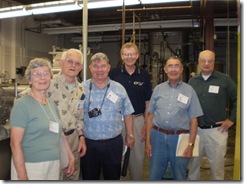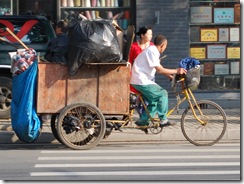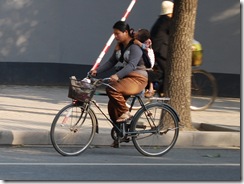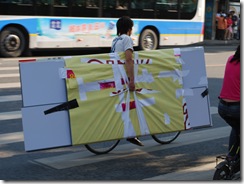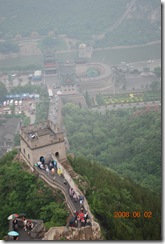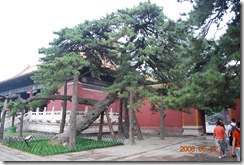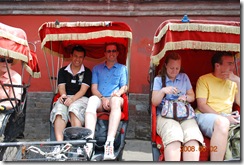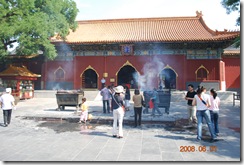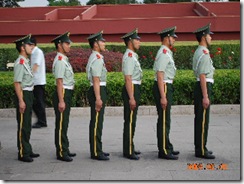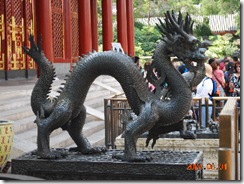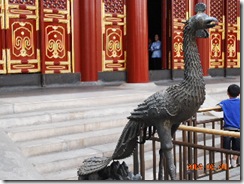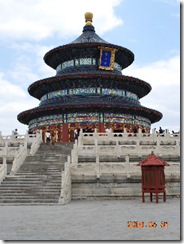Our program in paper engineering has been in existence since 1920, making it the longest-running paper engineering program in the United States. It was our recent pleasure to welcome back the Paper Science and Engineering Class of 1958 as they returned to SUNY ESF to celebrate their 50th Reunion. Many activities were available for their participation and we are grateful they were able to tour Walter’s Hall with many sharing their remembrances of their student days. Mr. George Treier mentioned recalling when his company (Xerox) donated the small paper machine. Thank you to Xerox for their gift to Walter’s Hall and to the students who have benefit ed from their generosity.
R to L: G. Hunt, C. Hunt, R. Dykes, G. Treier, H. Parker, H. Gore
